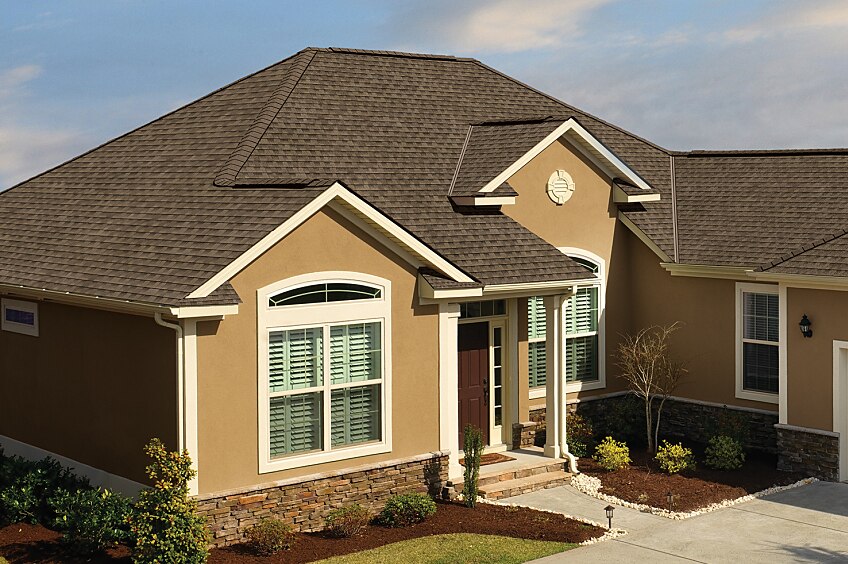Imagine committing to a specific haircut for the next 20 to 30 years. Or a particular model of car. Or limiting yourself to eating at one restaurant. Would you ever agree to that? Of course not.
Yet that's similar to what happens when a homeowner buys a new roof. They pick one color and one roof style — one "flavor" of roof — that will influence the appearance of their home for many years. Of course, that's a small price to pay for the protection of a great roof. A well-installed, high-quality roofing system is simply too durable — and too expensive — to replace just because you want to try something new.
So when it comes time to buy YOUR new roof, you'll need to consider lots of factors, including materials, contractors, warranties, integrated solar, and more. And once you've made those decisions, be sure to take the time to choose a style and color that reflect your taste, your home's architecture, and the look and feel of your neighborhood.
Follow these three Cs to choose the roof style and color that will suit your home for years to come:

1. Communicate
Before making any roof style decisions, find out if there are any rules about the kind of roof you can install. For instance, some complexes and homeowners' associations have rules about color and style. Even if you're not in a complex or association, it may be a good idea to touch base with your neighbors and explore whether you want your roof choice to complement the neighborhood look, or to stand out with alternative shingle styles and colors that make your home unique.

2. Complement
Your shingle style and color should work with all of the other style elements of your home. For instance, does your home have bricks or siding? Is it painted — and if so, what color? Is it a rustic design that might call for a rugged wood-shake shingle or a modern design that coordinates well with a clean, bold color statement? Remember, the roof that looks great on a Victorian might not work on a sprawling ranch.

3. Compare
Great information on hundreds of roof styles and color options are as close as this blog post! In fact, you can start your research by visiting the GAF Style Guide, which is designed to help you find color and style inspiration. Then head over to the GAF Virtual Home Remodeler where you can upload a photo of your own home, and compare different combinations of roof, siding, and window solutions. Finally, be sure to look at physical shingle samples, as well. You can find them at home improvement retailers, or you can ask your roofing contractor.
Speaking of contractors, you can always find a local GAF Factory-Certified contractor.*
Now that you've learned about the three Cs of roof style, here's one more C to think about: Curb Appeal. If you plan to remain in your home, choose a roof that uniquely reflects you. But if you plan on selling, your roof can make up 40% of your home's curb appeal. You might consider choosing a more neutral color that would appeal to more prospective buyers.
*Contractors enrolled in GAF certification programs are not employees or agents of GAF, and GAF does not control or otherwise supervise these independent businesses. Contractors may have agreed that they will use GAF roofing products, and may receive benefits, such as loyalty rewards points and discounts on marketing tools from GAF for participating in the program.

